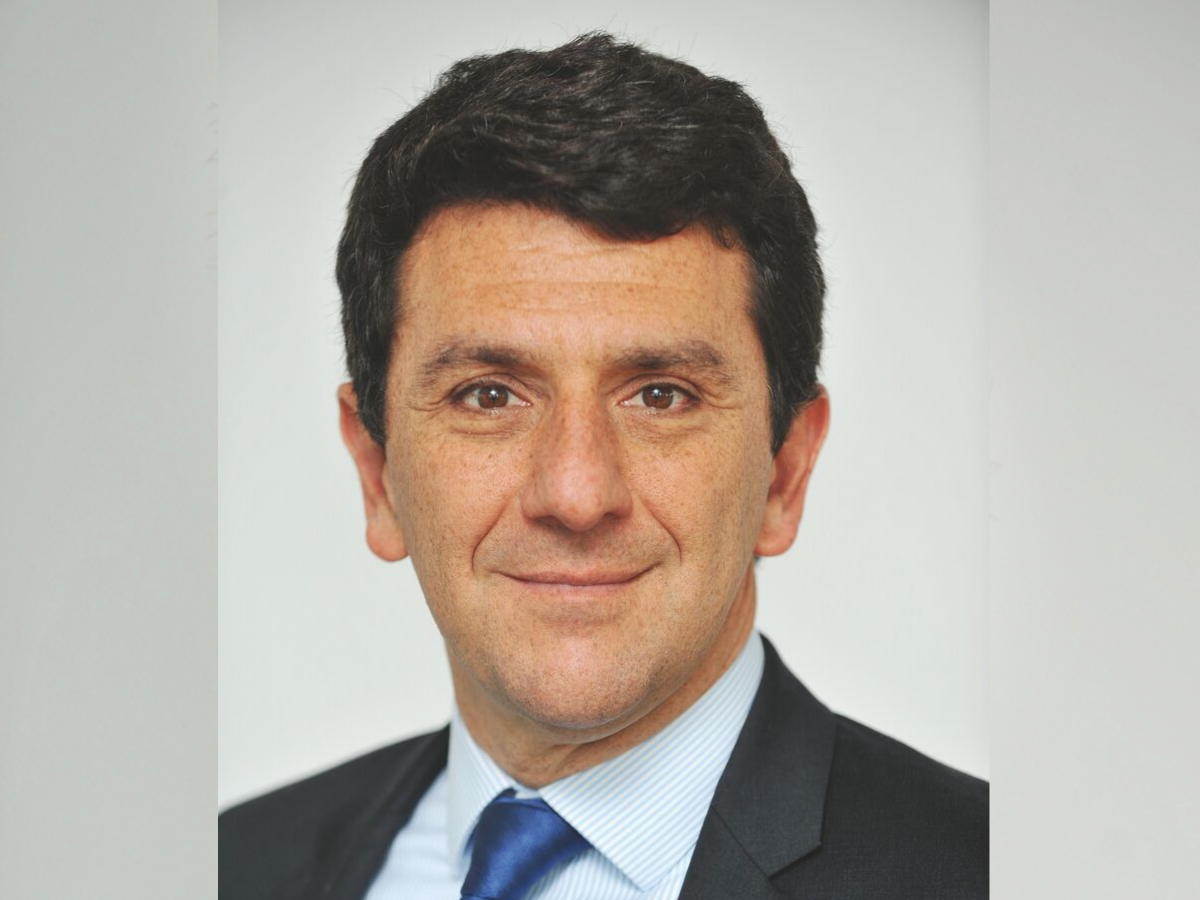Julien Halfon is head of pension solutions at BNP Paribas Asset Management
A rare success story to have emerged from the financial crisis was the widespread implementation of liability-driven investing (LDI). By mapping out what pension funds need to pay and investing more than 30% of their assets in LDI, many of them have closely matched their liabilities. However, while liabilities are matched, the LDI approach has created a new headache. Some 85% of UK pension schemes claim to be cash-flow negative, when they need to be generating more cash than ever.
Most pension funds in the UK are closed to new joiners and future accrual of existing members, meaning there is no new money coming into the pot. Meanwhile, membership is maturing and the level of benefit payments they require is increasing. Without new money coming in, trustees look to sponsors to increase contributions or to their investments to provide additional cash-flow. Due to the nature of the investments held in an LDI strategy (gilts and other interest rate dependent contracts), this cash is not easy to find.
Pension funds do have options: cashing in their LDI strategies in favour of more simple and liquid instruments that can be sold to free up the money needed to pay pensions, for example. The problem here is that many of these assets tripped up pension investors a decade ago – leaving only the brave to take this approach again. Equities, for instance, are easy to sell when cash is needed, but their volatility makes them an unattractive choice for prudent trustees running off their funds. Some fixed income instruments, aside from expensive gilts, could provide pension funds with options. But credit, which soared after the crisis, has been another tremendous success, meaning the upside investors once gained from holding these relatively risky assets has been squeezed and now offers limited potential for income over what they might expect from gilts. Demand for real estate and infrastructure equity has made these assets expensive. Also, their limited liquidity makes them impractical for pension funds coming to the tail end of their maturity.
The good news is that there is another option. Over the past few years, a strategy from the insurance industry has been transported to the pension sector: cash-flow driven investing (CDI). These strategies make use of illiquid fixed income instruments that can work alongside what is held in an LDI portfolio.
Many of the illiquid assets that make up the new generation of CDI are well-protected by covenants, with income linked to inflation and a relatively low default rate. Valued less frequently than bonds in the corporate credit market, debt from infrastructure, social housing and some asset-backed securities reduce volatility in pension fund portfolios, while providing a regular income that is higher than that paid by gilts. Unlike equity investments in these sectors, debt matures, returning cash to the lender rather than having to find a buyer for the asset.
CDI is not a full-portfolio solution, but, alongside other strategies, it can help achieve pension funds’ payment needs without resorting to a costly buy-out.




